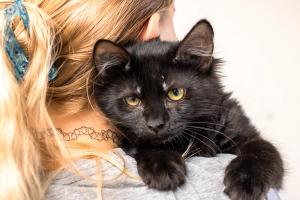Advertisement
Advertisement
Trending on dvm360
1
Wrap up: Dog food recalled following plastic contamination complaints, and other news
2
UC Davis veterinary school adopts use of AI scribe platform
3
A new technology brings 3D-printed compounded medications to the veterinary space
4
New programs to launch at 5 top veterinary schools
5







